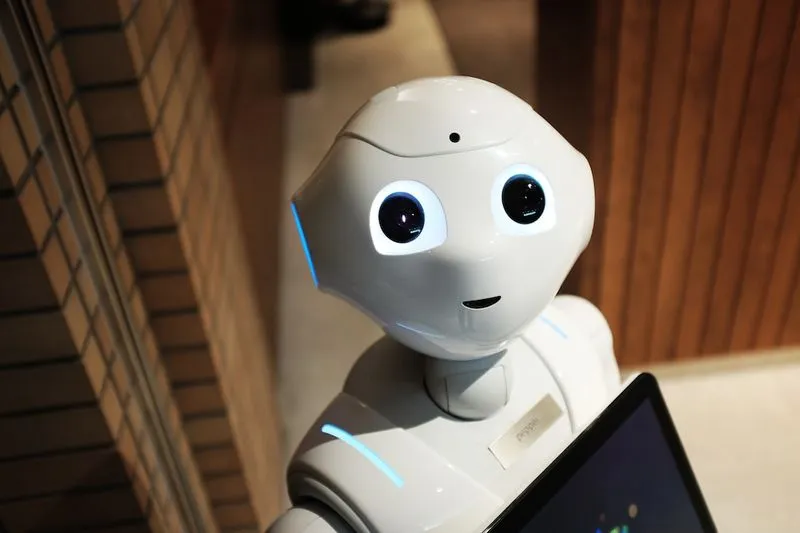
VisionOS: Apple's Groundbreaking Operating System for Spatial Computing
Apple has announced its latest operating system, VisionOS, designed specifically for spatial computing, which powers Apple's much-awaited augmented reality (AR) headset, the Apple Vision Pro. Unveiled at the Worldwide Developers Conference, VisionOS is a game-changer, describing it as "the first OS designed from the ground up for spatial computing." Spatial computing is Apple's term for augmented and virtual reality experiences.
User Interface and App Store
VisionOS provides a three-dimensional interface that liberates apps from traditional screen limitations, allowing them to appear, side by side, with different sizes and scales. The user interface responds dynamically to natural light, allowing shadows to give context to scale and distance.
The VisionOS App Store, which debuts alongside the Vision Pro, features apps from Adobe, Microsoft, Cisco, and many others, including Unity apps that run natively on the Vision Pro. Medical software and engineering apps are among the initial apps available. Over 100 Apple Arcade titles will be available on the VisionOS App Store on launch day.
EyeSight and Optic ID
EyeSight is a Vision Pro feature powered by VisionOS that projects the eyes of whoever is wearing the headset onto its curved outer display. EyeSight works using scanned facial data and machine learning algorithms to minimize lag and reduce nausea. VisionOS also features a new security system called Optic ID which uses iris scans for authentication. Data is encrypted, and they work with Secure Enclave, a subsystem integrated into Apple system-on-chips. Apple has assured customers that their telemetry data, such as how they interact with apps and websites, will remain private.
Philosophical Discussion and Advice
VisionOS marks a significant step for Apple towards providing a new way to interact with technology. By creating an operating system that is built for spatial computing, Apple is making a statement about the future of technology and where it's heading. Spatial computing has the potential to be a game-changer in many areas, including education, healthcare, and entertainment.
However, concerns about privacy issues related to user data and how it is collected and used in spatial computing environments must be appropriately addressed. While Apple has made promises about user privacy so far, it is essential to remember that data protection is an ongoing process that requires constant and continuous vigilance. As more and more apps make their way to VisionOS, it will be crucial to ensure that they protect user privacy and security.
Our recommendation is to stay informed and aware of the privacy features of any app you use, especially those related to spatial computing. Check and understand the permissions you grant to the app, and be mindful of how your data is used and stored. In short, dive into spatial computing with your eyes wide open.
延伸閱讀
- 「解密!Apple 全新活動規劃 App 'Invites' 的使用祕訣!」
- Apple 發布全新 M4 Pro 晶片,首度搭載於 Mac Mini!
- iPhone 16 Pro Max 評測:1200 美元帶你體驗智慧未來!
- 2024 蘋果大會:iPhone 16 和 Apple 智慧科技的驚喜揭曉!
- 「Apple iCloud 私隱中繼出現全球性故障!使用者怎麼辦?」
- VisionOS 現在可以將三維影像製作成空間照片
- Apple、Tesla 和 Nest 的退休大將共同設計的舒適節能 Quilt 熱泵 - 熱浪科技
- 蘋果推出 VisionOS 1.1 版本,加入更多改進的虛擬助理
- 新擁有者 Automattic 接手 Texts.com 之後,Beeper 的競爭對手 Apple 將採取何種行動?
- Beeper Mini 成功重新執行,Apple 試圖關閉未果